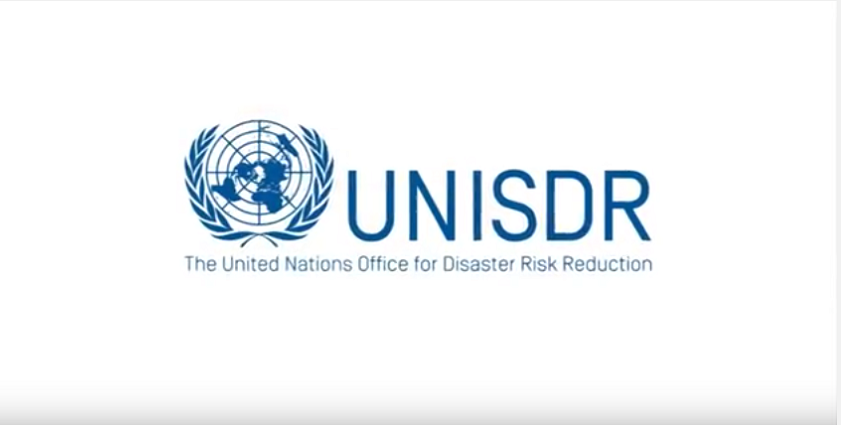
Since the World Summit on Sustainable Development in 2002, the African Youth Movement has been engaged in an enterprise on practical education to achieve the Millennium Development Goals and the Sustainable Development Goals.
STRATEGY and GOALS TARGETED (Goals 1, 3, 4, 5, 6, 10, 13, 15, and 17)
Disaster Risk Reduction (DRR) Surveys
In 2012, flooding disasters in Nigeria displaced 2.3 million people, killed over 363 persons, destroyed about 597, 476 houses and left economic losses of billions of dollars. Over the last twenty years natural disasters have affected 64% of the world’s population. The economic losses associated with disasters continue to grow each year in all regions, and 95% of people killed by disasters are from developing countries. Women, children and the elderly disproportionately suffer the greatest losses when a disaster strikes.
These and other constraints made it necessary for the African Youth Movement (AYM) to partner with relevant stakeholders including the Global Network for Disaster Reduction (GNDR) to embark on a nationwide campaign to reduce vulnerabilities through a series of targeted surveys involving local government representatives, civil society and community stakeholders, producing a Biennial Disaster Risk Reduction Report – Views from the Frontline. The project examined, surveyed and reached 38,000 rural dwellers in 310 communities across 18 states in Nigeria.
Lessons Learned
The project revealed that the slowest progress made was on reducing underlying risk factors. This can be addressed by strengthening local governance and recognising the role of communities and civil society in supporting effective social change processes to eradicate poverty and exclusion. Besides addressing dynamic changes, such as urbanisation, which increase vulnerability, policy-makers must respond to the role that structural inequalities, patriarchy and power imbalances between social groups play in creating vulnerability.
Cumulatively, more losses result from recurrent, everyday disasters than from large-scale disasters recorded in national databases. To reduce such losses it is essential that the national DRR framework incorporates a strong focus on small scale natural and human derived disasters. A holistic framework needs to reflect the multi-dimensional and interdependent nature of risks that impact on vulnerable people’s lives and livelihoods.
It is the poorest communities in rural areas that have reported the highest growth in disaster-related losses since 2009 when Views from the Frontline was initiated. The national DRR framework needs to promote DRR policy strategies that respond to the different vulnerabilities among communities and social groups, and between genders. It must also recognise the role played by high-risk vulnerable groups in achieving effective local risk governance.
Impact
The National Conference on Disaster Risk Reduction convened in Abuja built capacity through learning, reflection and action and communicated results of the surveys enlisting a debate on the way forward. Delegates drawn from the National Universities Commission, the National Emergency Management Agency, the Japanese International Cooperation Agency and others assessed the level of disaster risk reduction in Nigeria. The Special Representative of the Secretary General’s Video to the meeting can be watched here.
The communiqué produced a roadmap (working with schools and civil society) to lead a national advocacy platform.
In the words of Marcus Oxley, CEO, GNDR, ‘What our experiences have shown us is that the presence of poverty is a disability that amplifies the impact of the disaster on a person’s life and reduces the range of strategies to cope with them.’ Mr. Ebenezer Akin, Initiator of Ebenco commented, ‘We are grateful for this platform to seek cooperation on capacity building with modern ideas and knowledge to expand the scope of our environmental cleanup to reduce risk. Since disaster do not ring a bell, now we know how to smell one in the offing, we can better deal with it due to preparedness, because of early local sense warning and because we are reinventing local adaptability to risk….’
Learn more about the African Youth Movement here.
 Welcome to the United Nations
Welcome to the United Nations